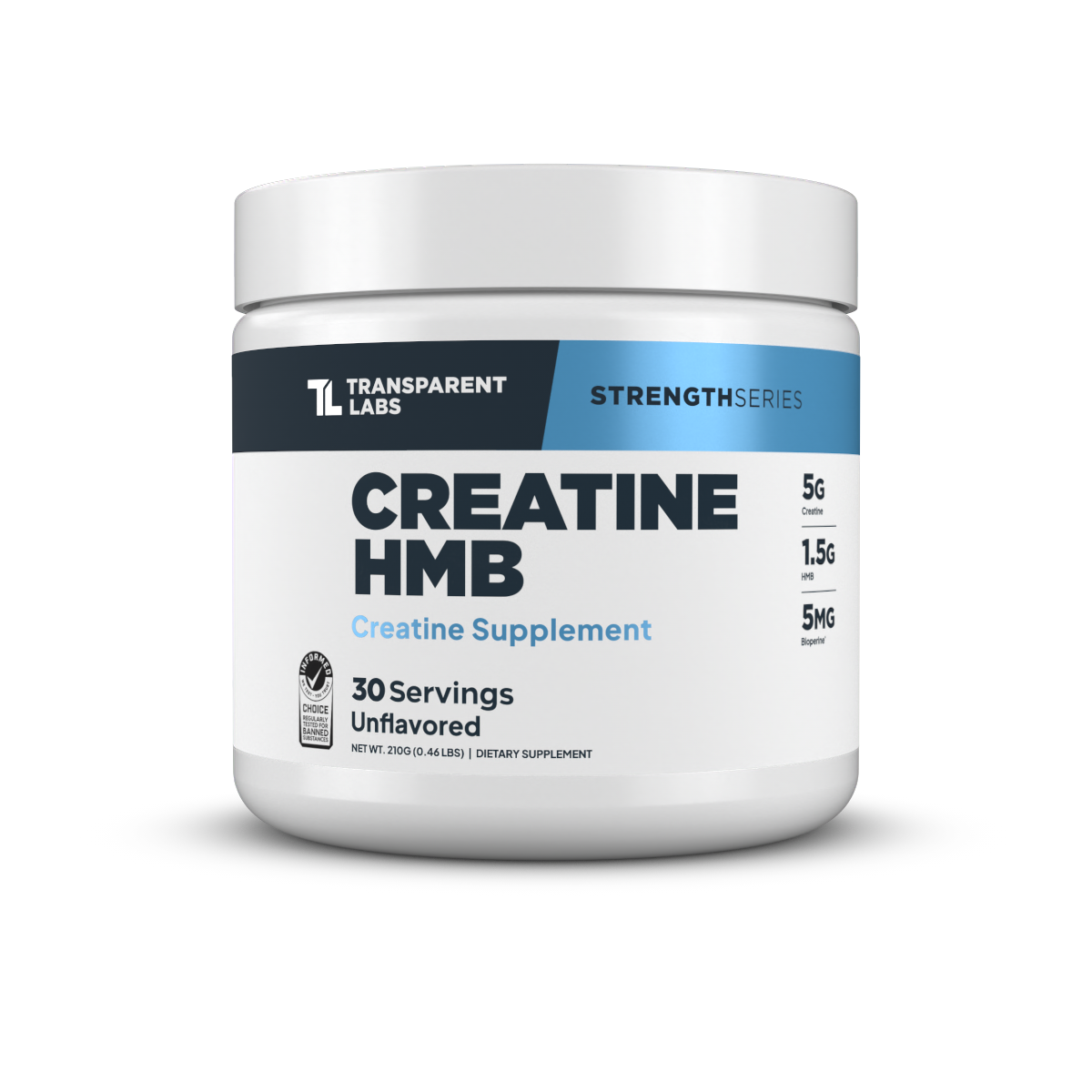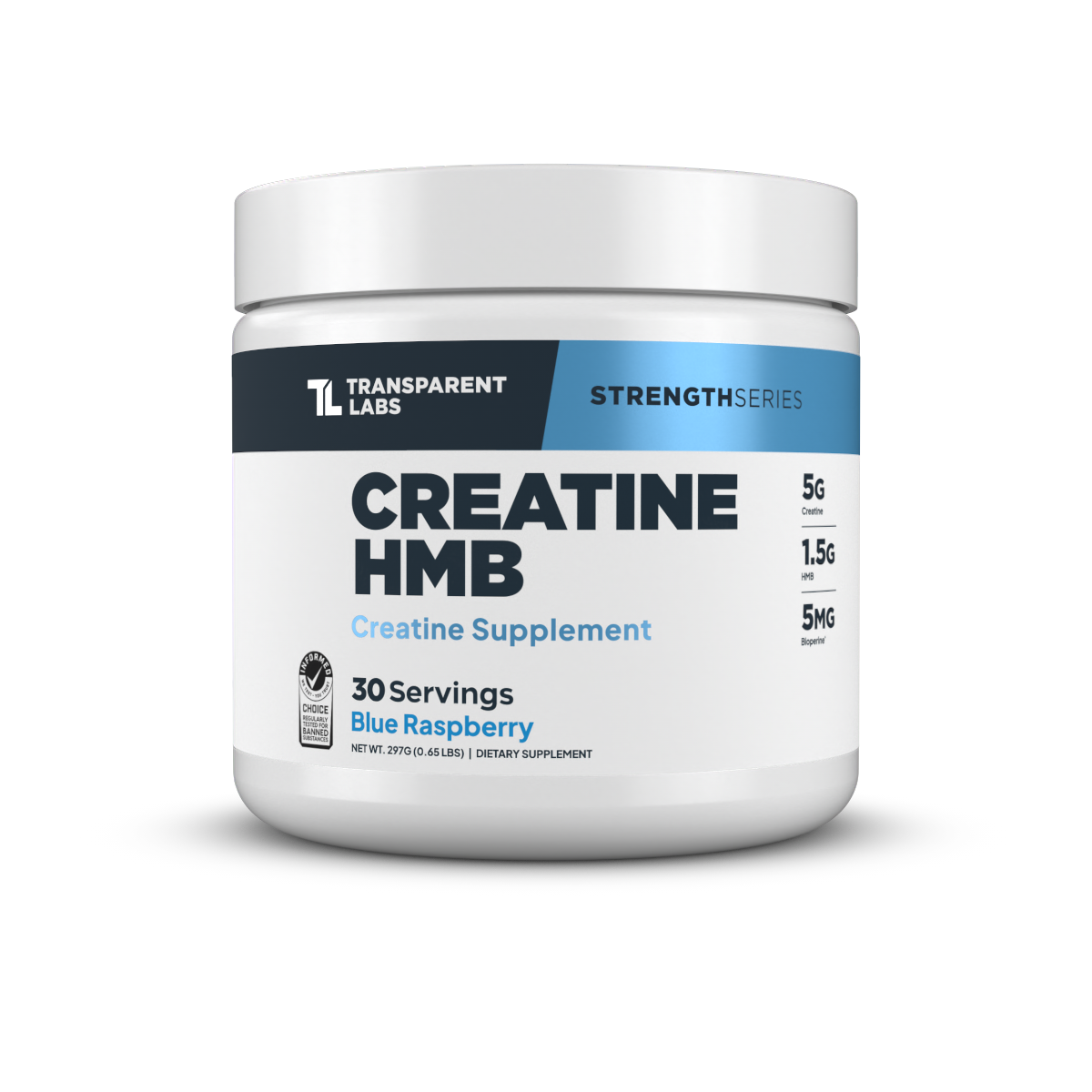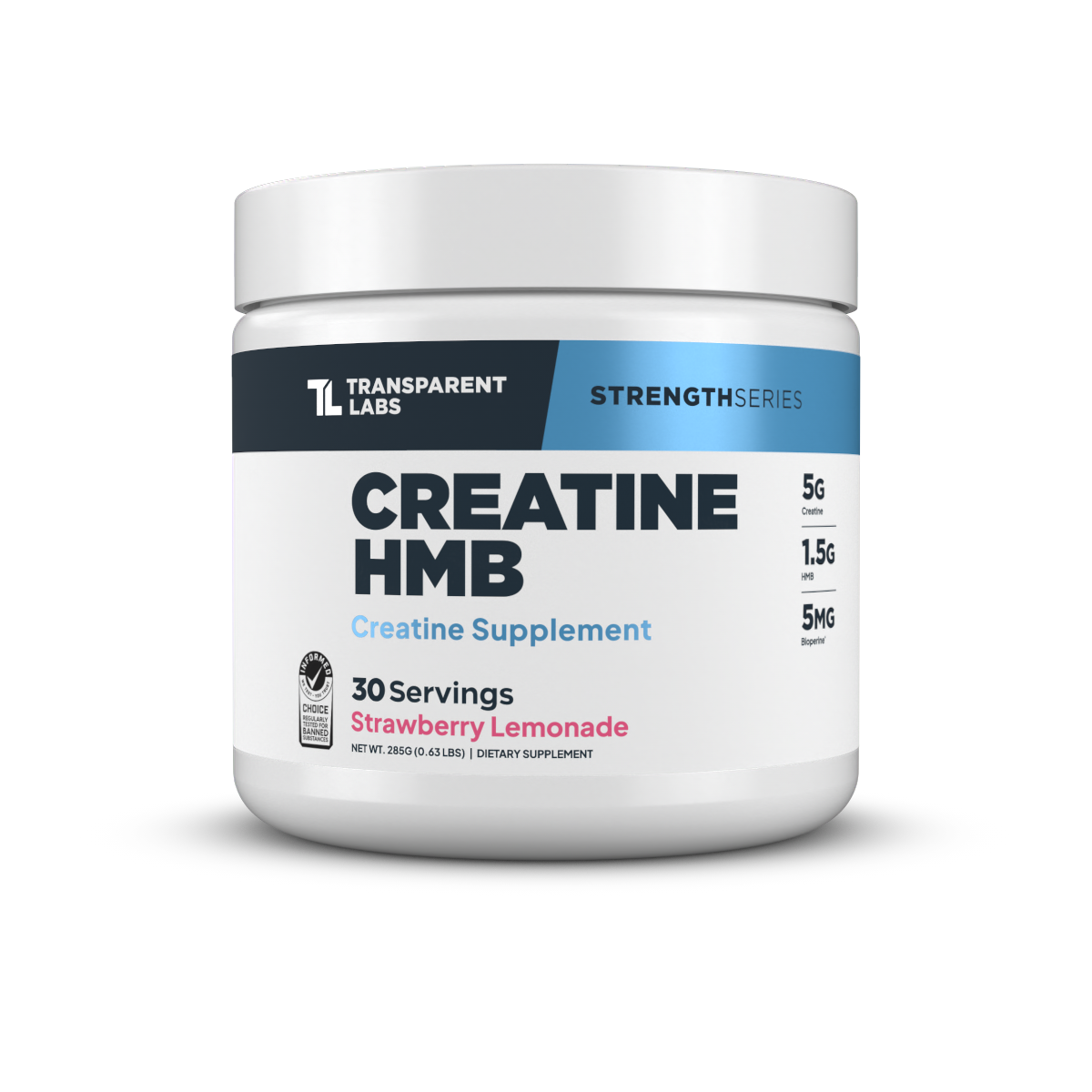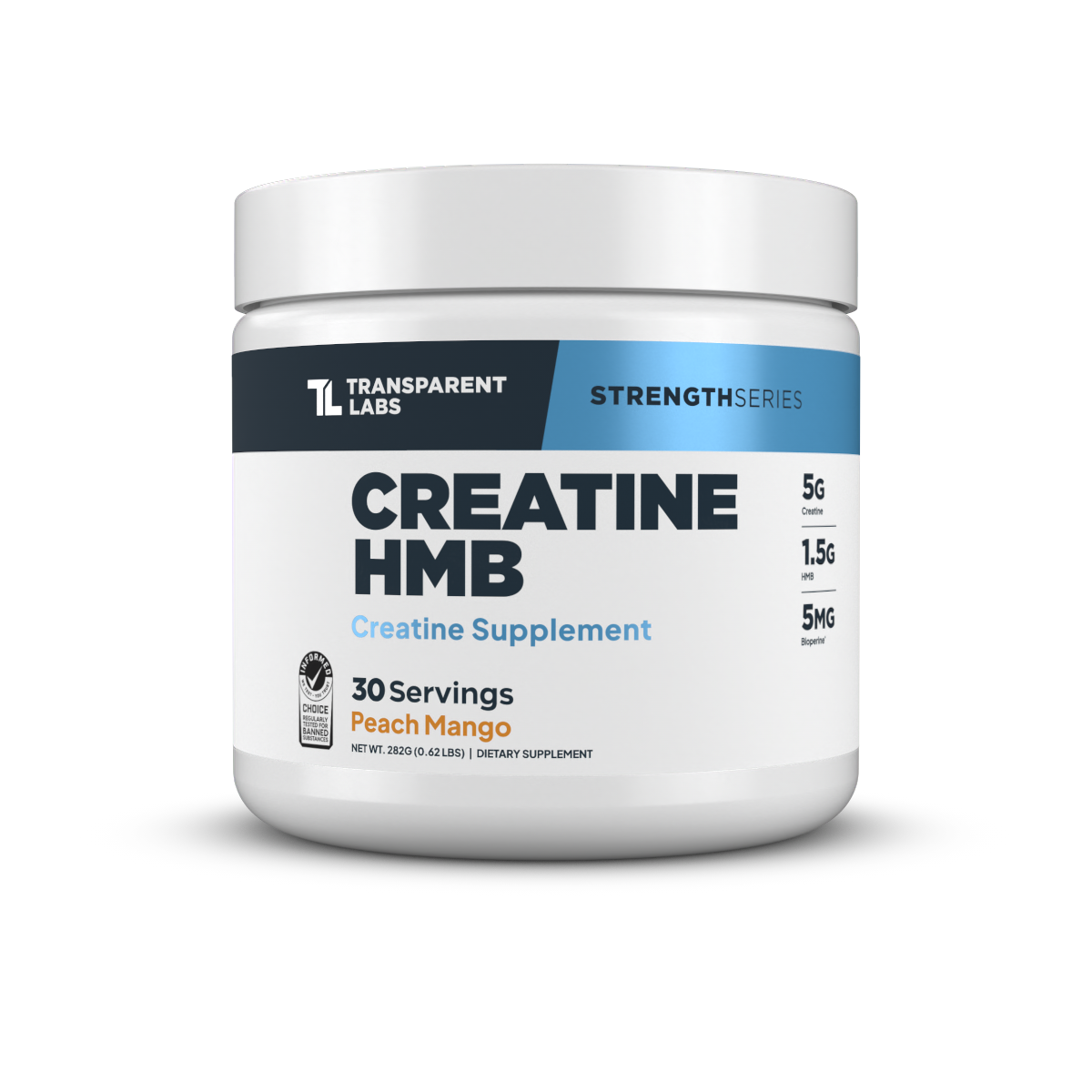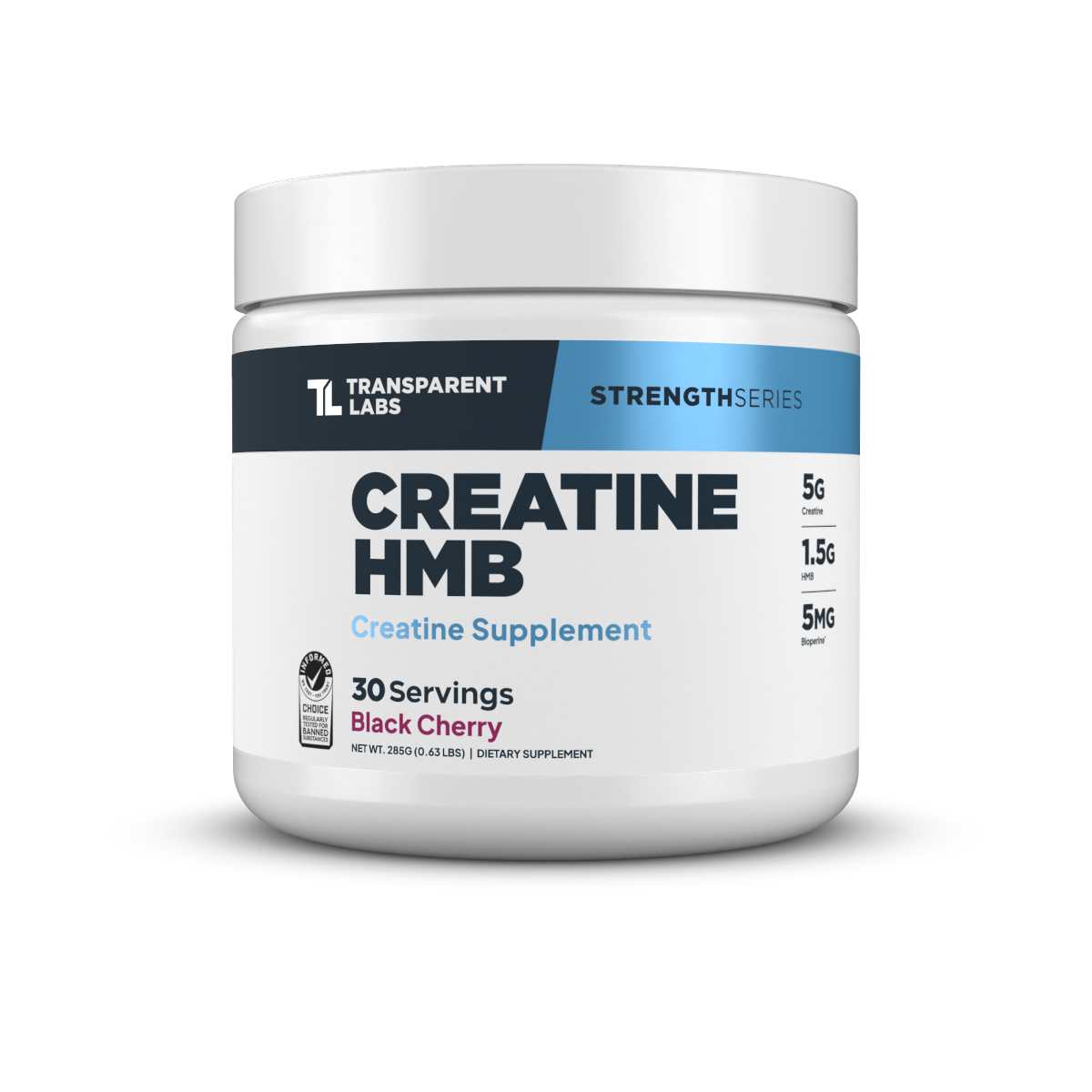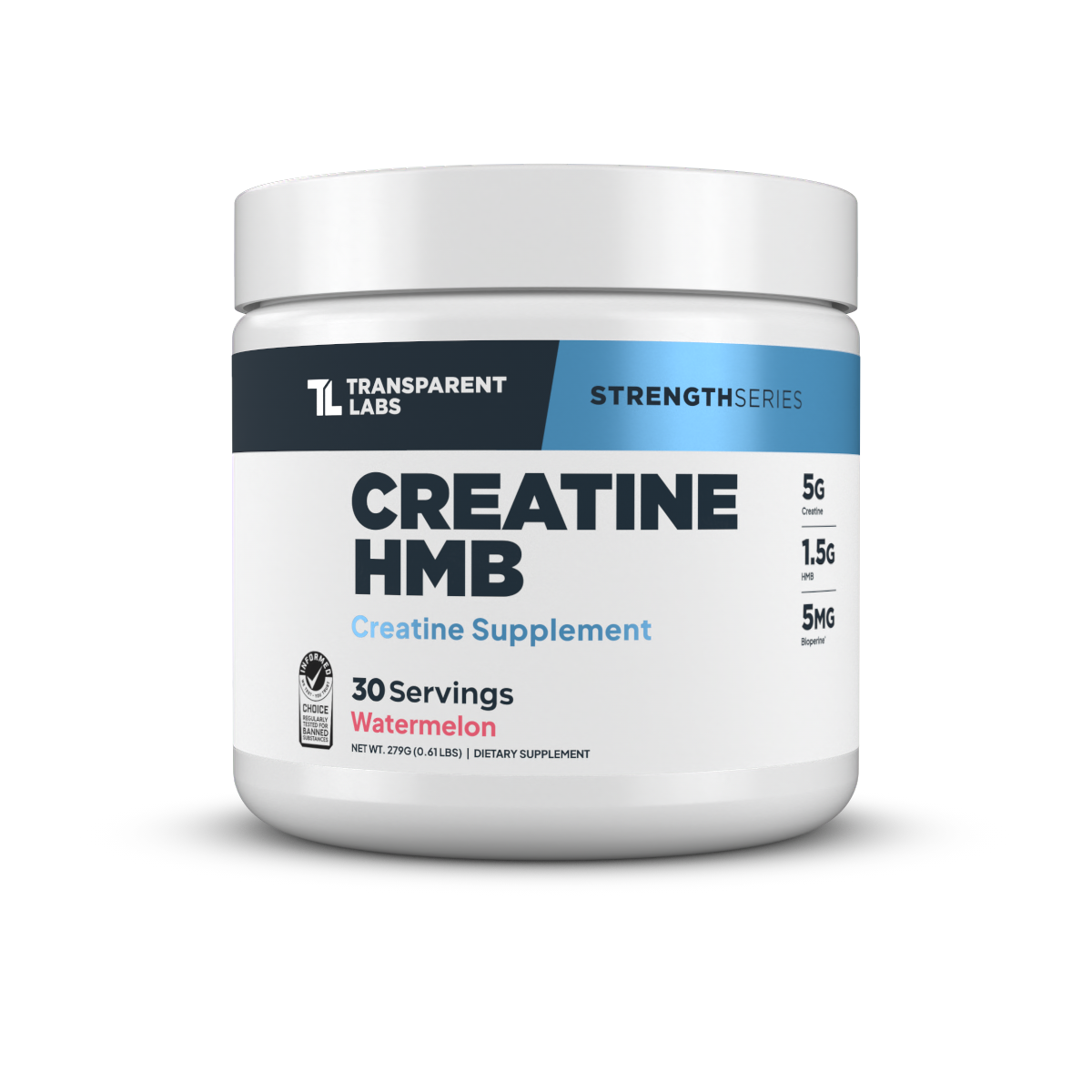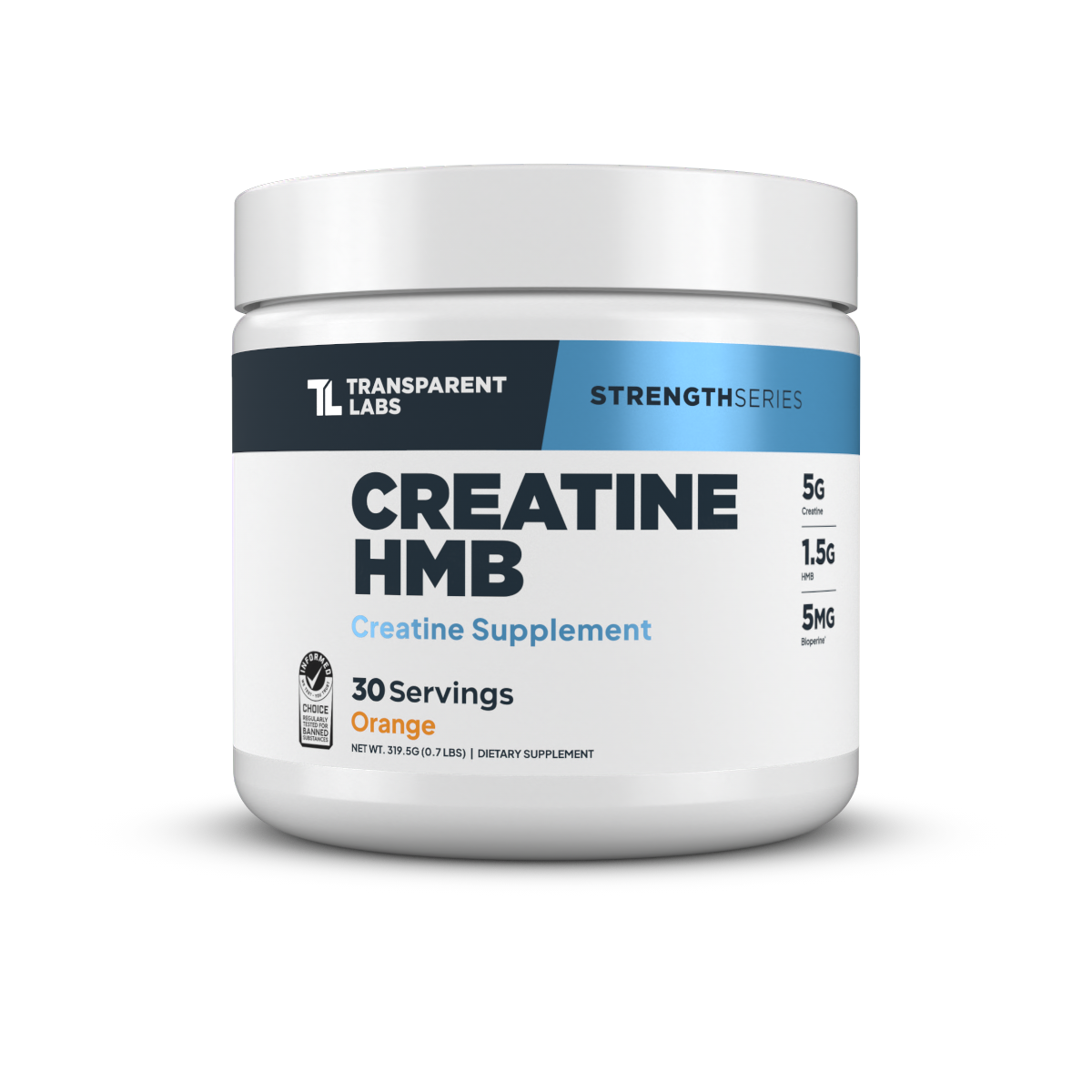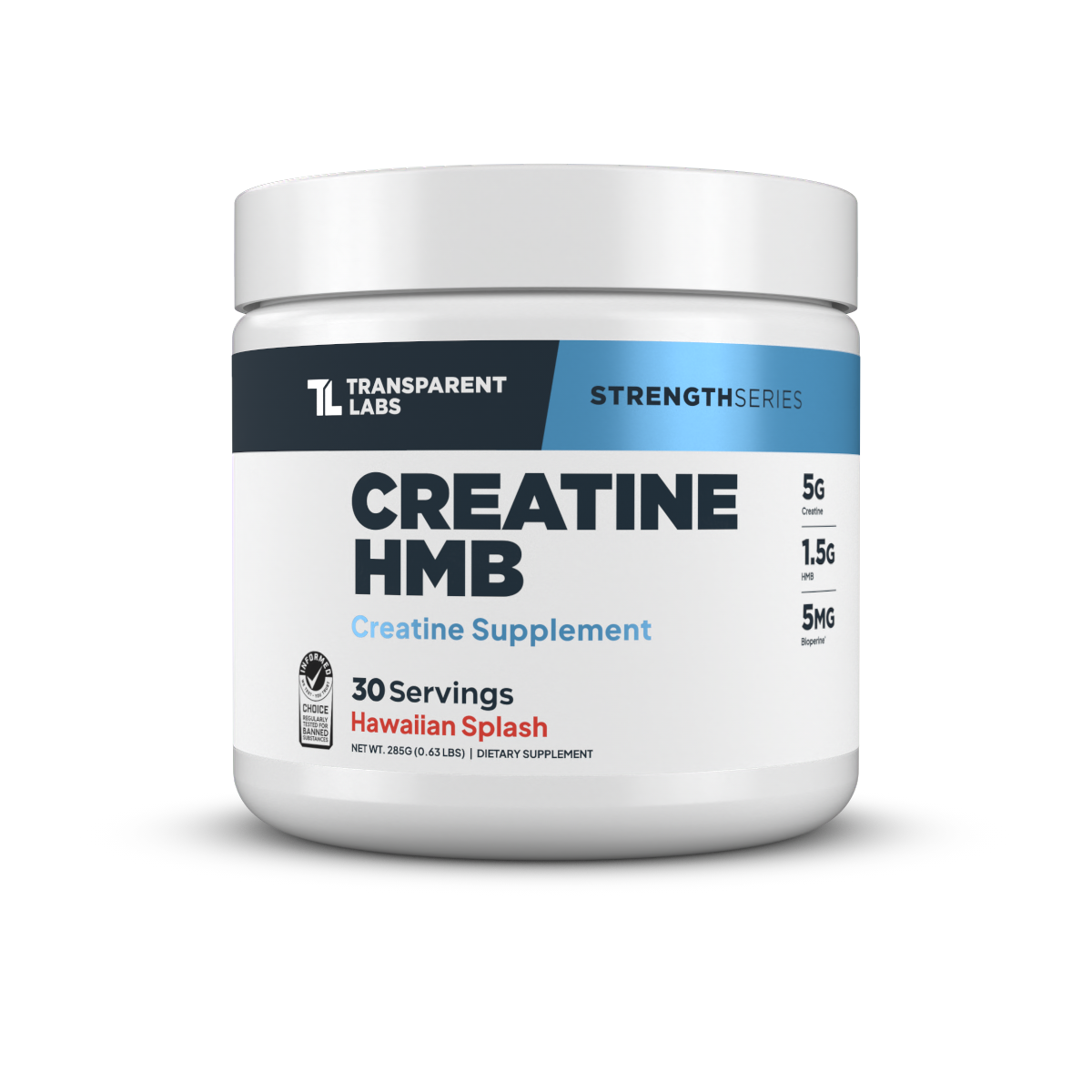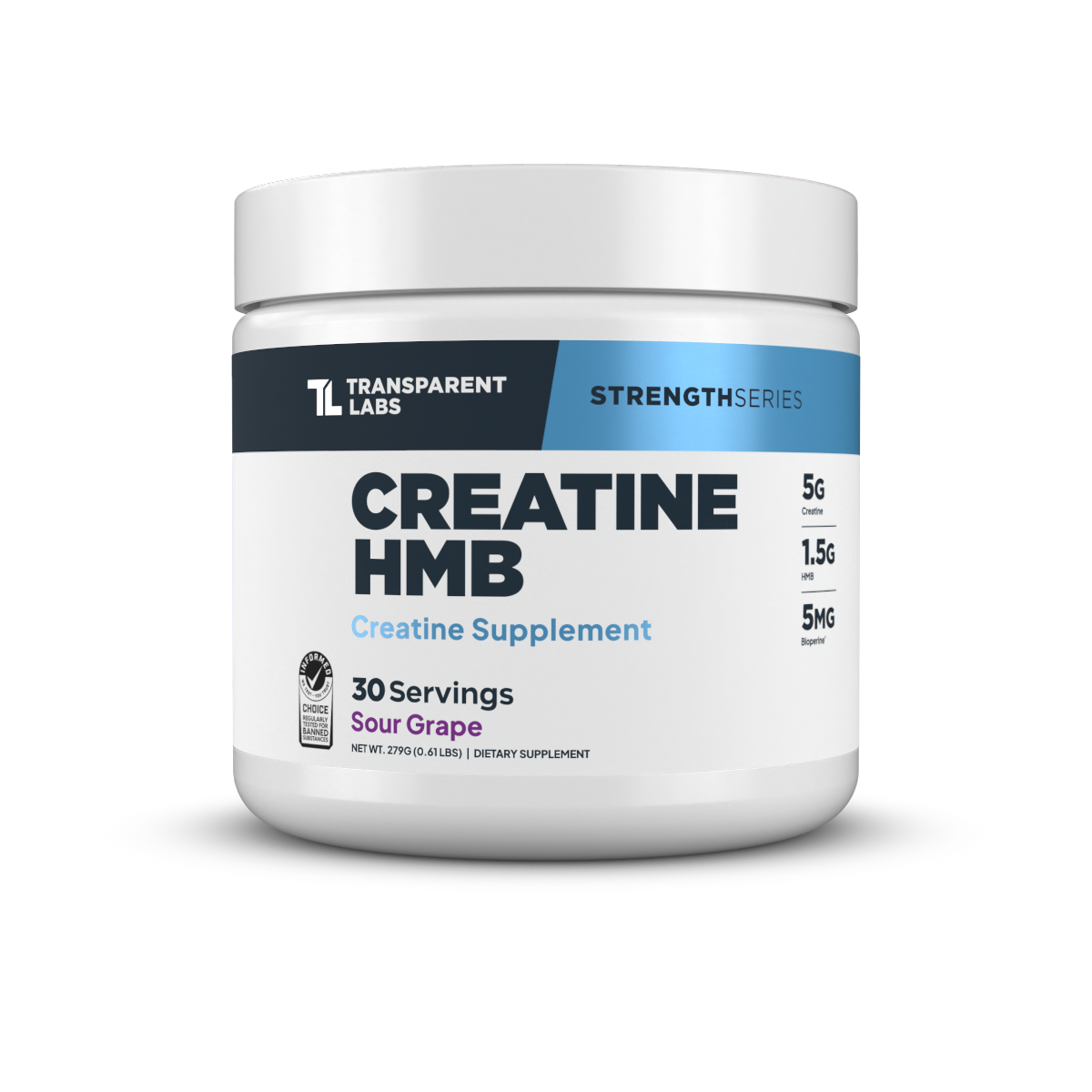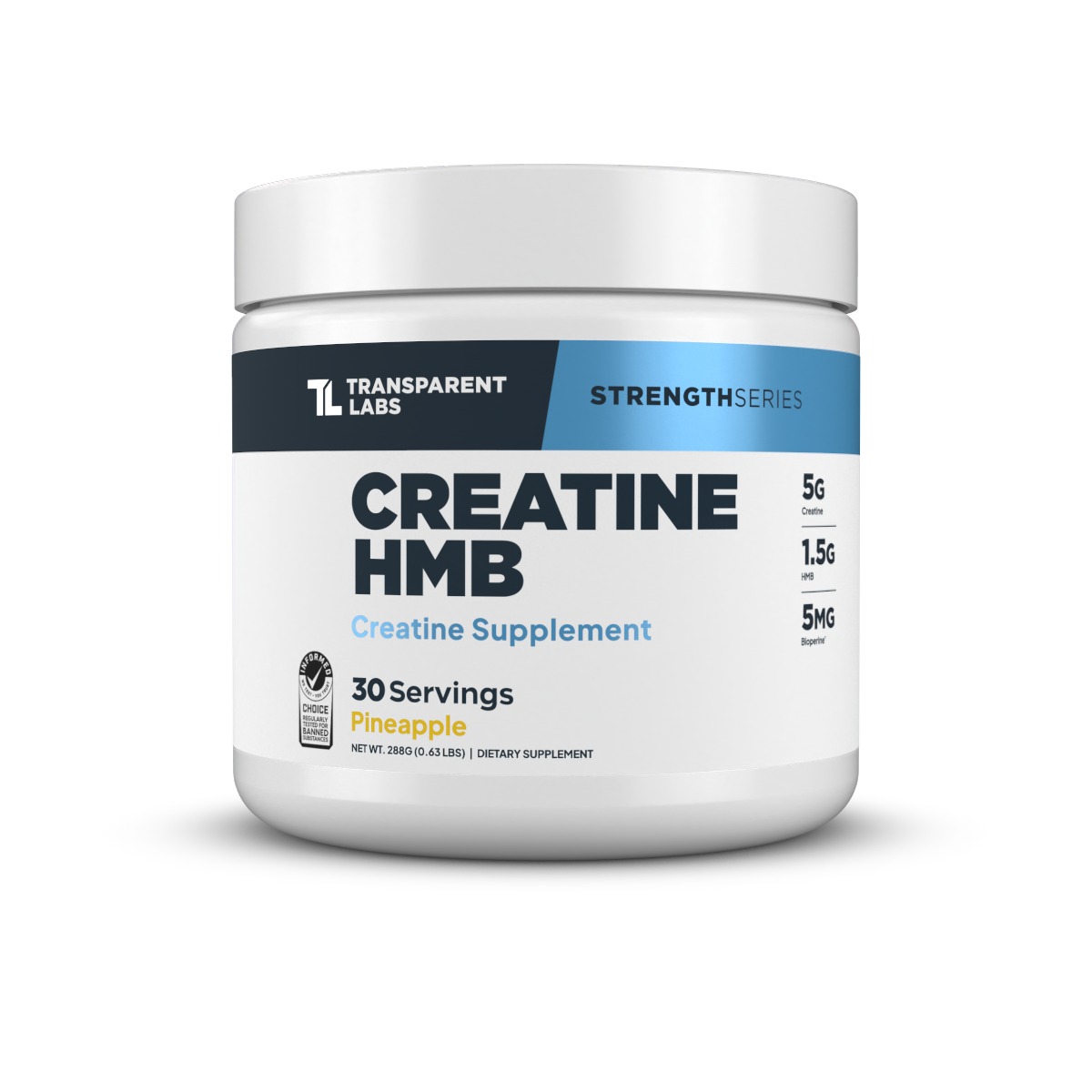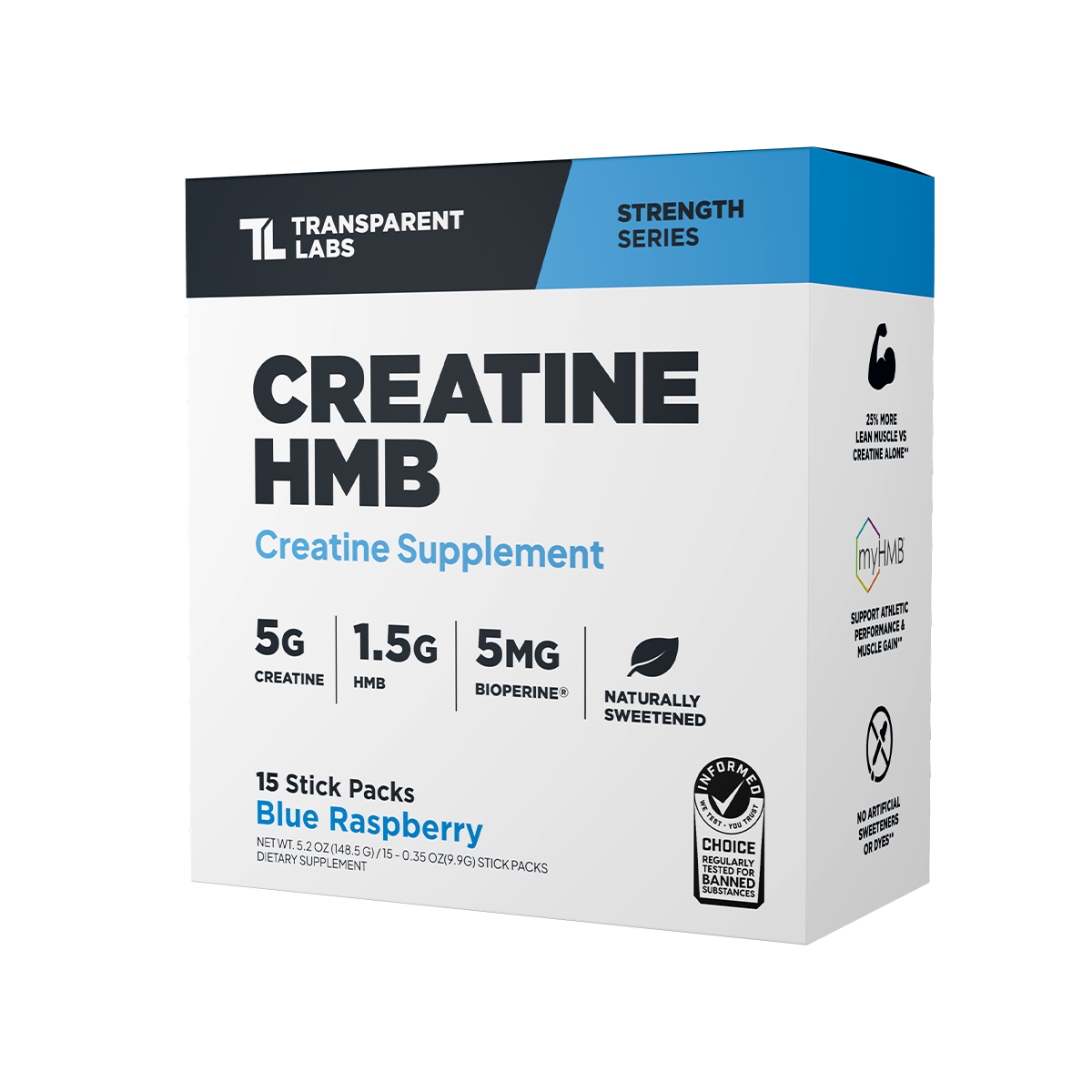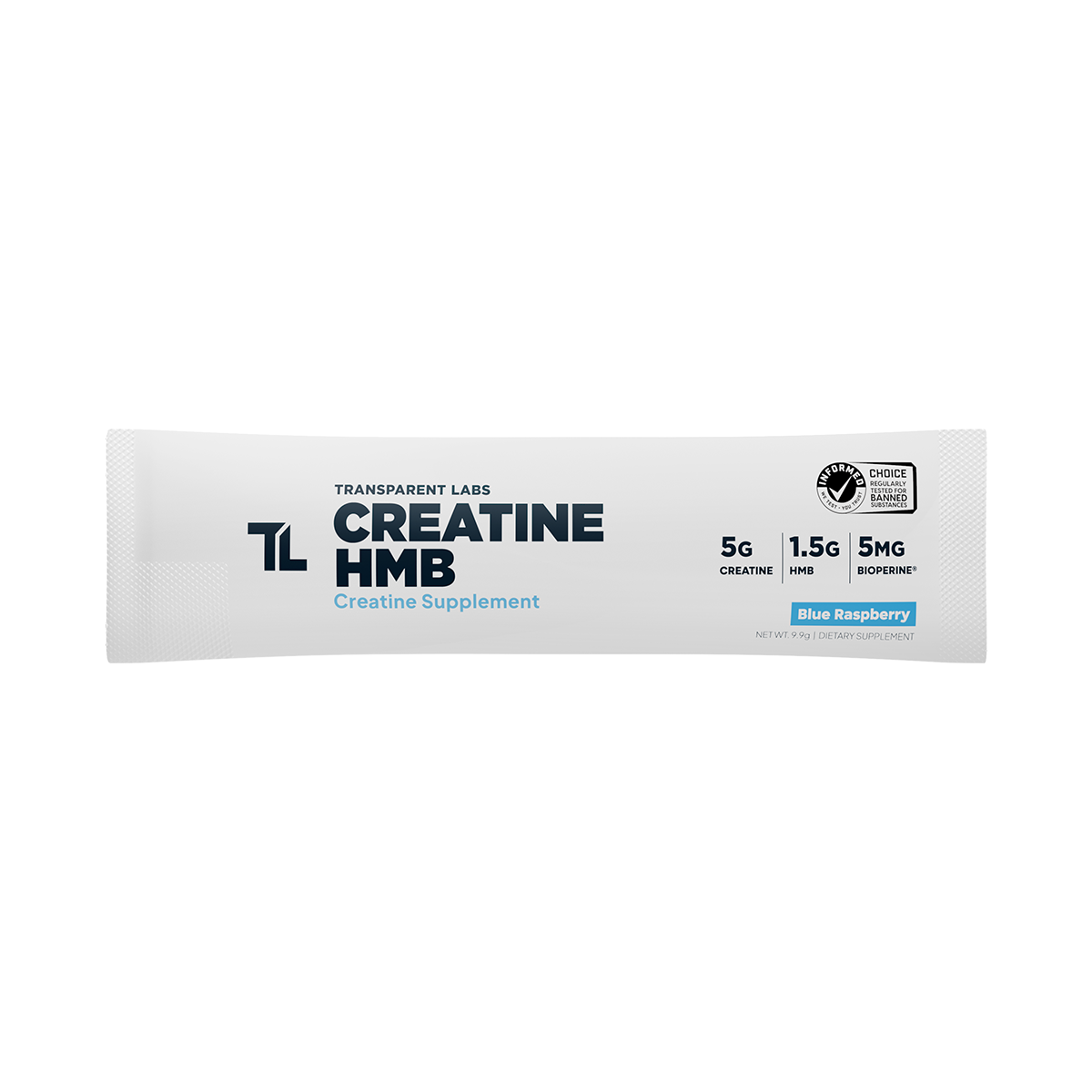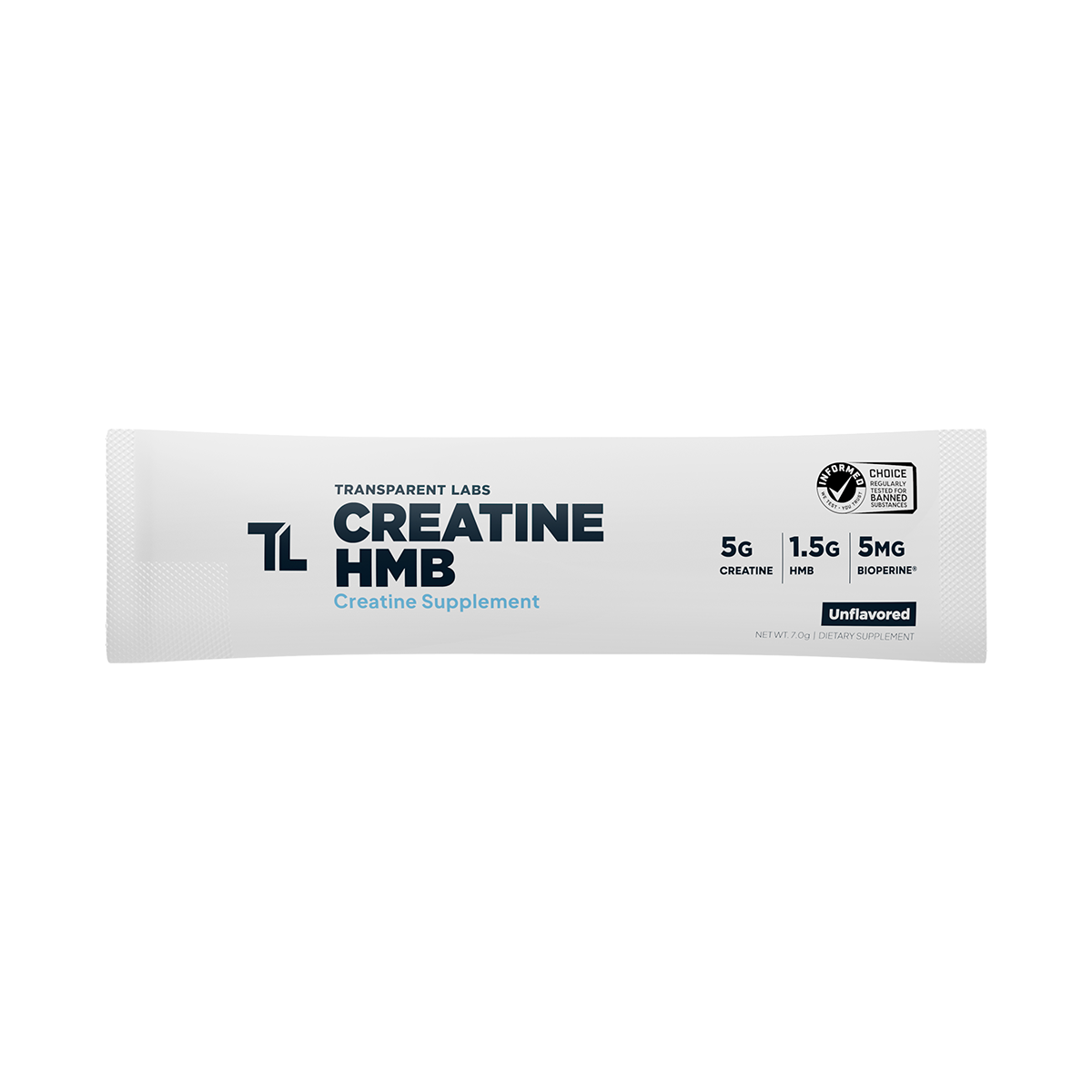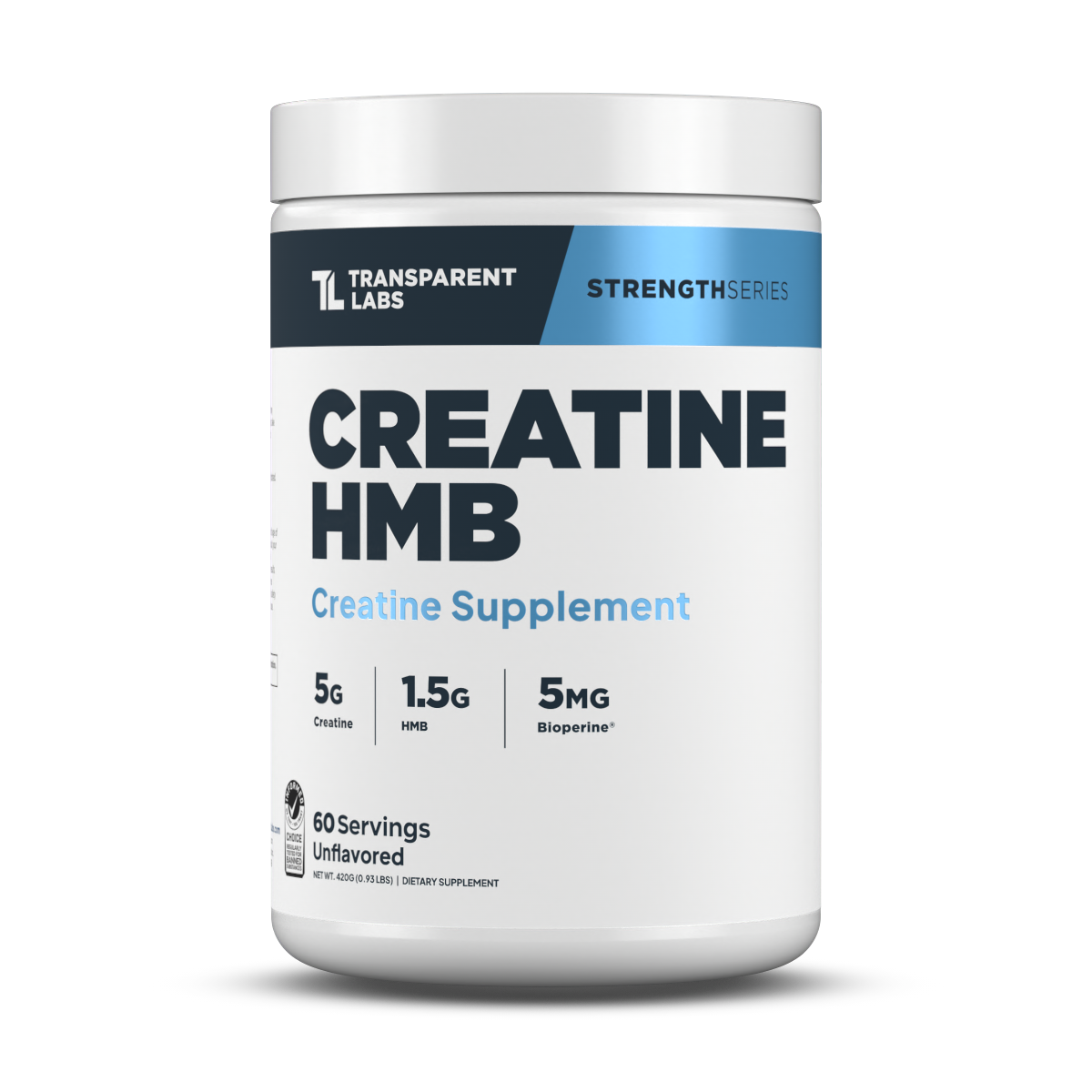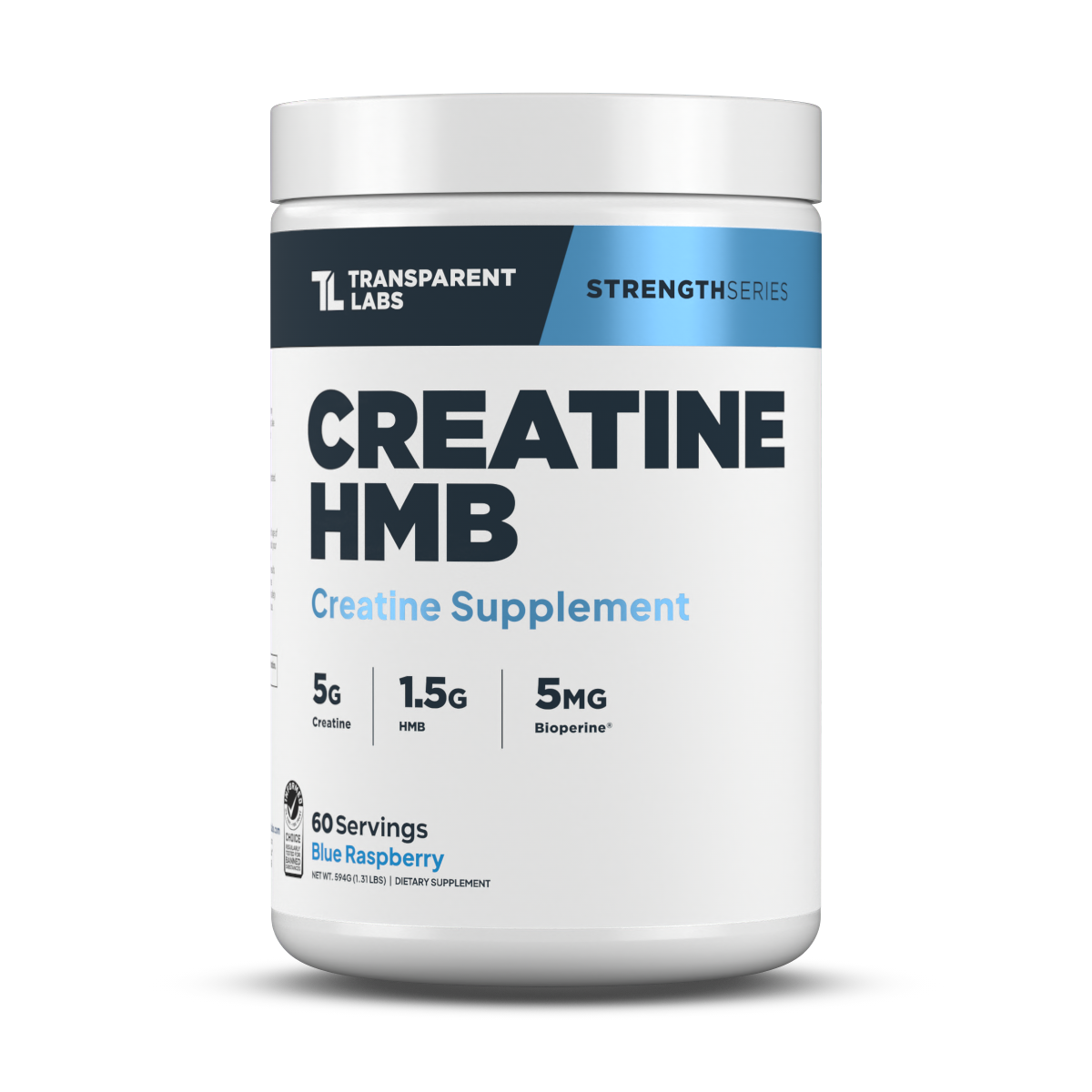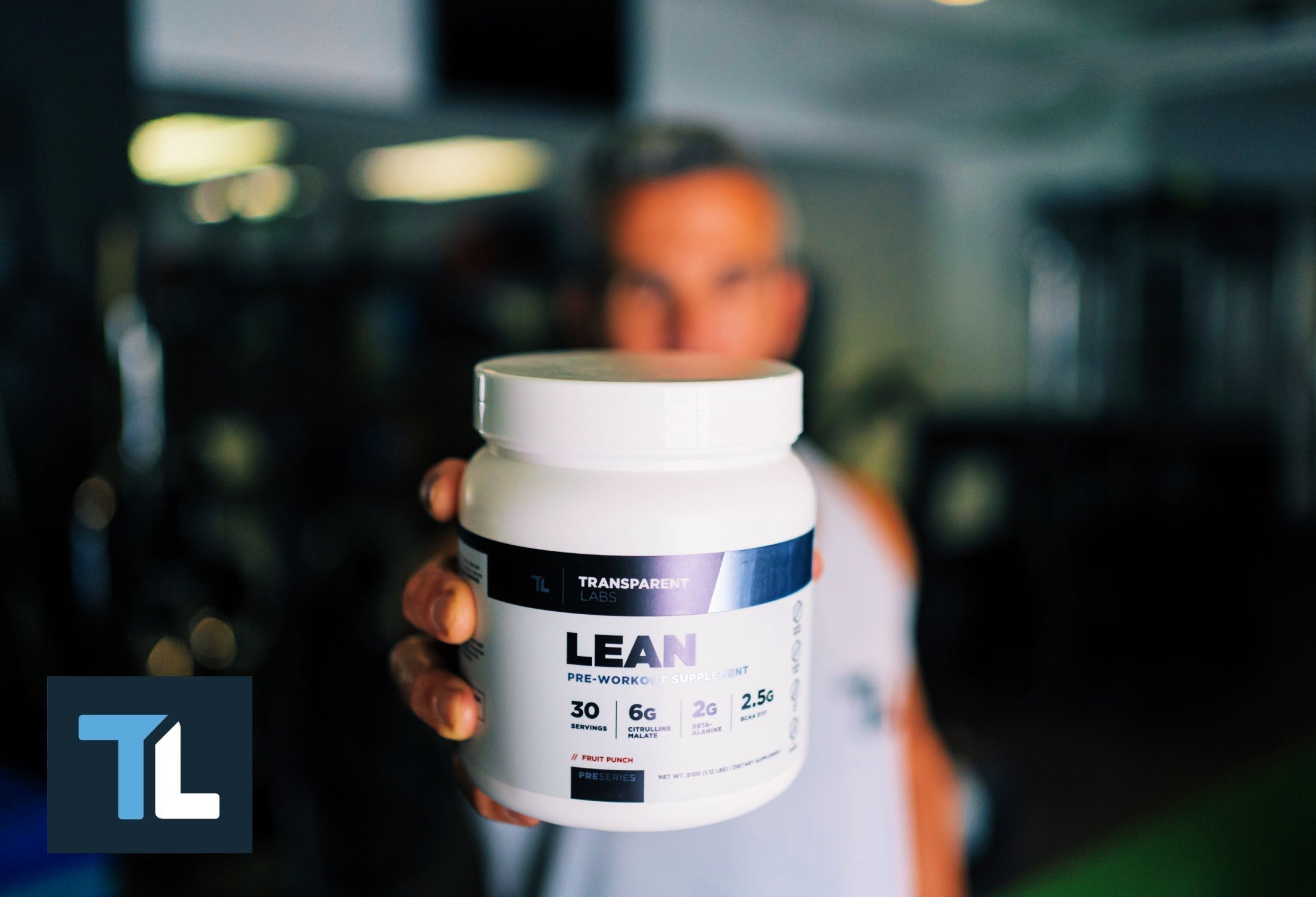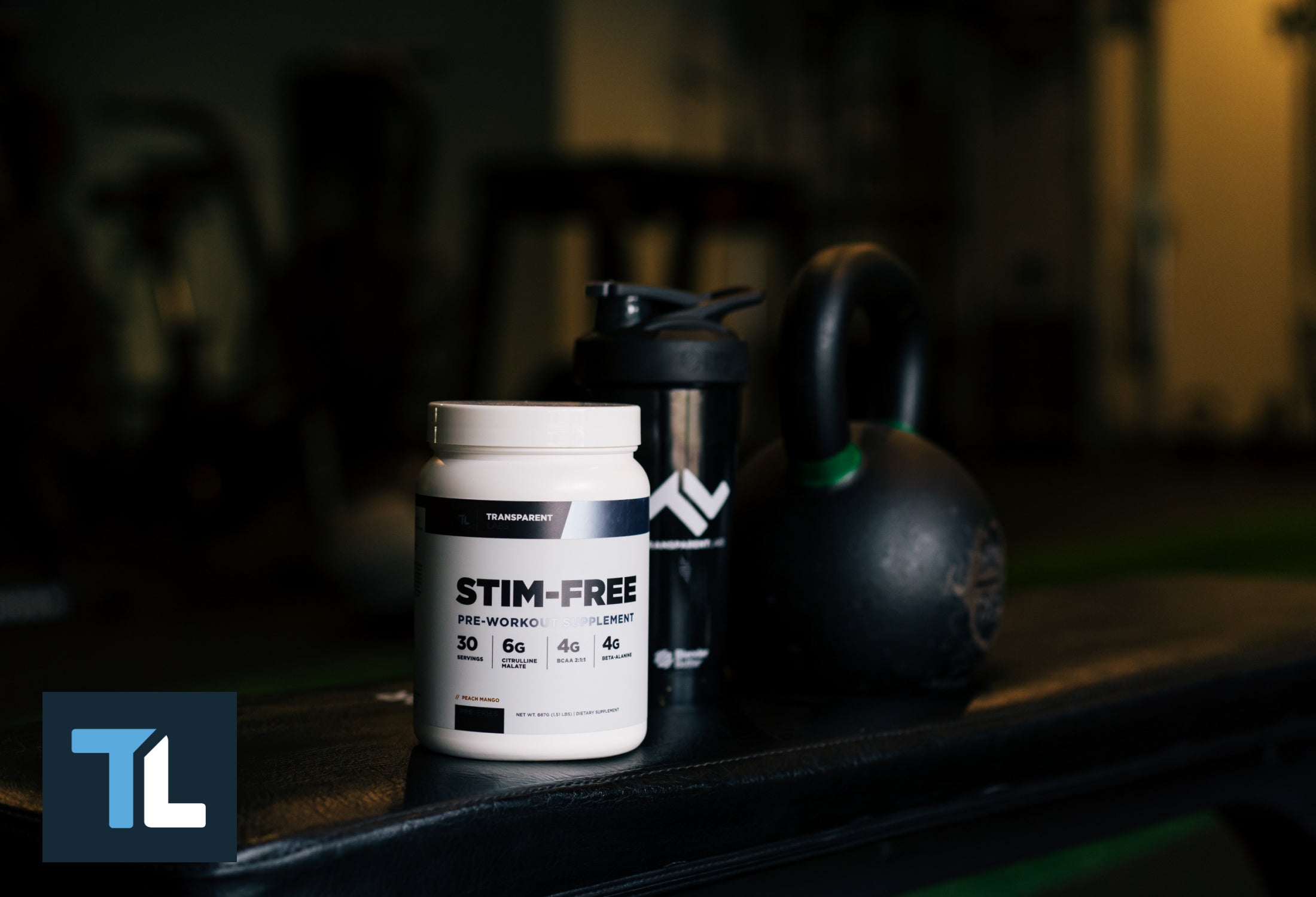If you're feeling uninspired about your training routine and you're getting a bit bored with just lifting weights, then isometric exercises may be the thing to take your stamina to the next level.
Isometric workouts are a fantastic way to complement your strength training, increase flexibility, encourage muscle growth, and lower high blood pressure. In fact, specific isometric exercises are often recommended during physical therapy and rehab after an injury.
They're a great addition to any fitness program, and one of their best perks is you can do them from the comfort of your home.
Here, you'll learn about isometric training, why you should consider integrating it into your routine, and the core exercises of this type of workout.
What Is Isometric Exercise?
Isometric exercise dates back thousands of years and remains a staple for athletes and gym-goers alike. Basically, isometric training consists of increasing the time your muscles are under tension. This causes your muscle fibers to contract without changing their length and joint angles, usually by counteracting a static resistance (such as holding a dumbbell in your hand).
Isometric exercise has virtually zero impact on the joints while leading to improved balance, more strength, and increased flexibility.
Most isometric exercises don’t require any kind of equipment, yet they can engage all of the major muscle groups in the body. This is helpful not only when you’re hitting the gym for a workout session but also to complete other everyday activities, like lifting heavy grocery bags or moving boxes.
Isometric Exercise Benefits
One of the standout benefits of isometric exercises is their ability to improve muscle strength and endurance. By holding a position for an extended period, you engage your muscles in a way that promotes strength and stability.
Additionally, isometric exercise is low-impact and generally a viable way to start building strength while recovering from an injury. This makes isometric exercises ideal for people of all fitness levels, including those recovering from injuries or looking to prevent them. Whether you’re aiming to enhance your overall fitness or seeking a gentle yet effective workout, isometric exercises offer a versatile and beneficial solution.
Why You Should Include Isometric Exercises in Your Fitness Program
If your training sessions revolve mainly around weight lifting, you’ll certainly benefit from having a couple of isometric moves in your workouts.
Here are a few good reasons:
1. Isometric Exercises Help Build Strength and Muscle Mass through Muscle Contraction
If your goal is to become stronger, but you seem to have reached a plateau, then isometrics can help.
You can do this type of training before your weight training exercise to pre-exhaust your muscles. In reality, isometric exercises are very useful when combined with bodybuilding workouts, as they help increase time under tension (TUT).
TUT refers to the amount of time your muscles are under strain during an exercise set — which in the isometric world are aptly called isometric contractions.
When you contract your muscles, you stimulate them to work harder, which leads to enhanced muscle strength and higher endurance.
By combining these two types of training, you’ll also hit your muscle groups from new angles, something that cannot be achieved by simply lifting weights.
In a study published in the Journal of Sports Sciences, researchers compared dynamic training with isometric training in terms of strength gains.
They asked 33 individuals to perform isometric exercises with one of their legs and conventional dynamic training with their other leg. The isometrically trained leg was 5% stronger than the dynamically trained leg after nine weeks.

2. They Can Help Prevent Injury
Even though well-rounded isometric training will activate all your muscle groups, most isometric movements focus on core strength. Starting with beginning isometric exercises can help build a strong foundation and prevent injuries.
When most of us think about core, we often forget your core muscles include your lower back and glutes. When you think about it, it’s the muscle group connecting your upper body with your lower body.
If you’re lifting heavy weights, a strong core is vital to ensure you can lift more and prevent potential injury.
Isometric exercises like planks and isometric pull-ups make your core and back muscles stronger, so the next time you’re picking up your heavy barbell for a weight-lifting session, you don’t end up with terrible low-back pain.
But isometrics are not only useful for those who love the gym. If you love playing team sports, they can also be incredibly helpful in avoiding future problems. The low-impact of isometric training puts less strain on your spine and, in the long-term, can help to increase bone density, physical endurance, and muscle strength.
According to the Journal of Physical Education and Sport, isometric training has proven to be very useful for preventing injuries in basketball players.
If you struggle with injury and want to stay active, talk to your personal trainer or gym personnel so they can create a specific isometrics protocol for you.
3. Isometric Training Speeds up Post-Workout Recovery
If you're one of those people with tons of energy who don't enjoy "rest day," then isometrics are an excellent addition.
This type of training is gentle enough to give your muscles a break, as it involves a lot of strength-building stretching. When you hold a particular position for some time, you still activate your muscles, but at a lower intensity level.
When you add isometric exercises to your less intense or rest days, you promote good circulation that helps your muscles recover faster. The blood then carries essential nutrients to the areas of your body that need it the most, so you're adequately powered-up for your next high-intensity session.
How to Get the Most Out of Isometric Training
To truly reap the benefits of isometric training, focusing on proper form and technique is essential. Start by engaging your core muscles and maintaining a neutral spine. This foundational step ensures that your body is aligned correctly, reducing the risk of injury. Slowly move into the desired position, whether it’s a plank, wall sit, or any other isometric hold, and aim to hold it for 20-60 seconds. The key is to maintain tension in your muscles throughout the duration.
Rest for about 30 seconds between sets to allow your muscles to recover slightly, and aim for 3-5 sets per exercise. It’s crucial to listen to your body and adjust the duration and intensity based on your fitness level. As you become more comfortable with the exercises, you can gradually increase the hold times and intensity. Incorporating isometric exercises into your workout routine can significantly improve muscle strength, endurance, and overall fitness. Remember, consistency is key, so make these exercises a regular part of your fitness regimen.
Frequency and Consistency
The frequency and consistency of your isometric training sessions will largely depend on your fitness goals and current level. For those just starting, performing isometric exercises 2-3 times a week is a good starting point. This frequency allows your muscles to adapt without overstraining them. As your endurance and strength improve, you can begin to integrate isometric holds into your daily workouts, using them as effective warm-ups or cool-downs.
Consistency is crucial for seeing results. Aim to perform isometric exercises 3-4 times a week, ensuring you have at least one rest day in between sessions to allow for muscle recovery and growth. Over time, as your body adapts, you can increase the frequency and duration of your isometric holds. By maintaining a consistent routine, you’ll build muscle strength and endurance, making isometric training a valuable component of your overall fitness plan.
Isometric Training vs Dynamic Resistance Training
Isometric training and dynamic resistance training are two distinct approaches to strength training, each with its unique benefits. Isometric training involves contracting your muscles without moving your joints, such as holding a plank or a wall sit. This type of training is excellent for improving muscle endurance and strength, particularly in stabilizing muscles. It’s also beneficial for those with high blood pressure, as it can help manage and reduce it over time.
On the other hand, dynamic resistance training involves moving your joints through a range of motion, such as lifting weights or performing squats. This type of training is more effective for increasing muscle size and power, as it engages muscles through their full range of motion. Both types of training have their place in a well-rounded fitness routine. For optimal results, consider incorporating both isometric and dynamic resistance exercises into your workouts. This balanced approach will help you build muscle strength, improve endurance, and achieve a more comprehensive level of fitness.
Simple Isometric Exercises to Add to Your Workout Routine
Now that we've explored the benefits of isometric training, it's time to learn about some of the best and simplest exercises you can incorporate into your fitness program.
If you're new to this type of training, it's best to perform the exercises with only your body weight. Once you develop strength and stability, you can upgrade them with some equipment, such as dumbbells and resistance bands.
But for now, just focus on proper form. Make sure you tighten your muscles and hold the isometric contractions for as long as you can.
Dead Hang
The dead hang is a simple yet effective isometric exercise that involves hanging from a pull-up bar with your arms fully extended. Dead hangs are often overlooked despite being a great way to improve grip strength, shoulder stability, and core engagement. Additionally, the dead hang can help decompress the spine and improve overall shoulder mobility.
- Grip a pull-up bar with an overhand grip, slightly wider than shoulder-width apart.
-
Hang freely with your arms fully extended, feet off the ground.
-
Maintain a straight line from your head to your heels, engaging your core and shoulder blades.
-
Hold this position for 20-60 seconds per set (you can add weight or use assistance to stay within this range).
Low Plank
Low plank activates abs, arms, chest, glutes, lower back, and shoulders.
-
Start by kneeling on the floor and bending your elbows.
-
Place your forearms on the floor and curl your hands into fists.
-
Extend your legs into a plank position, one at a time.
-
Keep your hips, neck, and back in a straight line. Engage your core and keep your shoulders rolled back.
-
Hold it for 15-30 seconds. You can increase the time as you become stronger.
Side Plank for Core Muscles
Side planks engage the back muscles, glutes, quads, shoulder, and traps.
-
Lie on your side and bring your feet together.
-
Bend your elbow and rest your forearm on the ground.
-
Raise your body from the floor, engaging your core and squeezing your glutes.
-
Stay in that position for at least 10-15 seconds.
-
Lower your body, take a few seconds to rest, and go again.
-
Swap sides.
Calf Raise Hold
It doesn't get easier than calf raises. They strengthen the lower leg muscles and stretch your hamstrings.
-
Start in an upright standing position, with your back straight. If you struggle with balance, stand close to a wall and place your hand on it.
-
Push through the balls of your feet and raise your heels until you can stand on your toes.
-
Stay in this position for about 5-10 seconds.
-
Slowly lower your heels and repeat.
Isometric Biceps Curls
This static exercise works both the biceps muscle and triceps.
-
Start by bending your right arm at a 90-degree angle.
-
Grab your right hand with your left, interlocking your fingers.
-
Push your hands together as hard as you can. Relax your shoulders.
-
Release and repeat on the other side.
Isometric Push-Up
Isometric push-ups are the most challenging exercise on this list, but the rewards are also the best. There are many isometric exercises that can be incorporated into your routine to target different muscle groups. They work chest, shoulders, triceps, abs, arms, lower back, and glutes.
-
Get into a standard push-up position (if you’re just starting, put your knees on the floor), with your hands shoulder-width apart.
-
Lower your body by bending your elbows until your chest almost touches the ground.
-
Hold the position 10-15 seconds. Once you are stronger, increase the time.
-
Push up and go back into plank. Repeat.
Wall Sit
Wall sits seem deceptively easy, but stay against that wall long enough and you'll start to feel the burn in your legs. They engage calves, glutes, and quadriceps.
-
Lean your back flat against a wall and bend your knees until you reach a 90-degree angle.
-
Make sure your feet are firmly planted on the ground at shoulder-width. Engage your core.
-
Hold the position for 20-40 seconds.
-
Stand up and relax for a few seconds. Repeat.
Isometric Squat

This static variation of squats makes this exercise a lot more challenging than the original. It works your quads, glutes, core, and adductors.
-
Start in an upright-standing position, with your feet shoulder-width apart.
-
Bend your knees into a squatting position until your thighs are parallel to the ground. Make sure your back is straight.
-
While holding the position, engage your core, and squeeze your glutes. Stay there for 10-30 seconds.
-
Stand up, relax a few seconds, and repeat.
Add Isometric Exercises to Your Workout Routine for Increased Strength and Flexibility
Isometric exercises are underrated in the fitness world. This might be because of their slower pace and lower impact. But don't let this deceive you.
This static strength training has plenty of benefits, and it's an excellent adjunct for your weight-lifting sessions. Add isometrics to the beginning of your workout to get your muscles going or dedicate one of your rest days to isometric exercises.
No matter how you integrate them, you'll surely reap the benefits of this age-old training modality. And if you're traveling or without access to a bunch of gym equipment, isometrics can be a great way to stimulate your muscles virtually anywhere life takes you.

